The Vice of Spice: Confronting Lead-Tainted Turmeric
Before the heat of the day set in, dozens of people were already gathered under a large banyan tree at the twice-weekly turmeric market in Ataikula, Bangladesh. The season for harvesting turmeric was quickly coming to an end. Those who had arrived watched from the shade as other farmers brought their haul on motorbikes and auto rickshaws on the dirt road, their harvests to be combined in large piles atop orange and blue tarpaulin mats. Traders would buy however much they wanted in bulk.
Mohammad Abdullah Sheikh wandered around the market helping farmers weigh their sacks and traders make their purchases. Over the last 30 years, he’s become well acquainted with the space, as his turmeric processing business and trading facilities are headquartered next door. He buys most of his turmeric from this market and processes it to sell to larger food manufacturers and wholesalers across the country.
For most of his turmeric trading career, Sheikh engaged in an open secret: While processing raw turmeric to powder, he added a chemical called lead chromate to get the tubers to glow yellow. Sheikh and the locals refer to the compound as peuri — and nearly all the farmers and traders at the market are familiar with it. Lead chromate is a chemical used in paints to, for instance, make school buses yellow, and it can enhance the radiance of turmeric roots, making them more attractive to buyers.
For decades, Sheikh didn’t know the exact harm that peuri could cause. That changed in the fall of 2019, when researchers from the nonprofit International Center for Diarrheal Disease Research, Bangladesh, or ICDDR,B, traveled to Ataikula and adjacent districts in the northwest to meet with Sheikh and others in the turmeric business. The researchers warned them that consuming lead chromate could lead to kidney and brain damage or cause developmental delays in children. By that point, the spice had made its way out of the country: The problem had already gone global.
That outreach was the culmination of years of work conducted by an international group of researchers, including a research scientist at Stanford University. They worked together with the ICDDR,B and Bangladesh’s Food Safety Authority to protect the country’s food supply from further lead exposure. The impacts of this intervention were significant, and summarized in a study published recently in the science journal Environmental Research. When researchers sampled and tested turmeric across the country before and after the intervention, the level of adulteration in this one study dropped from 47 percent to 0 percent.
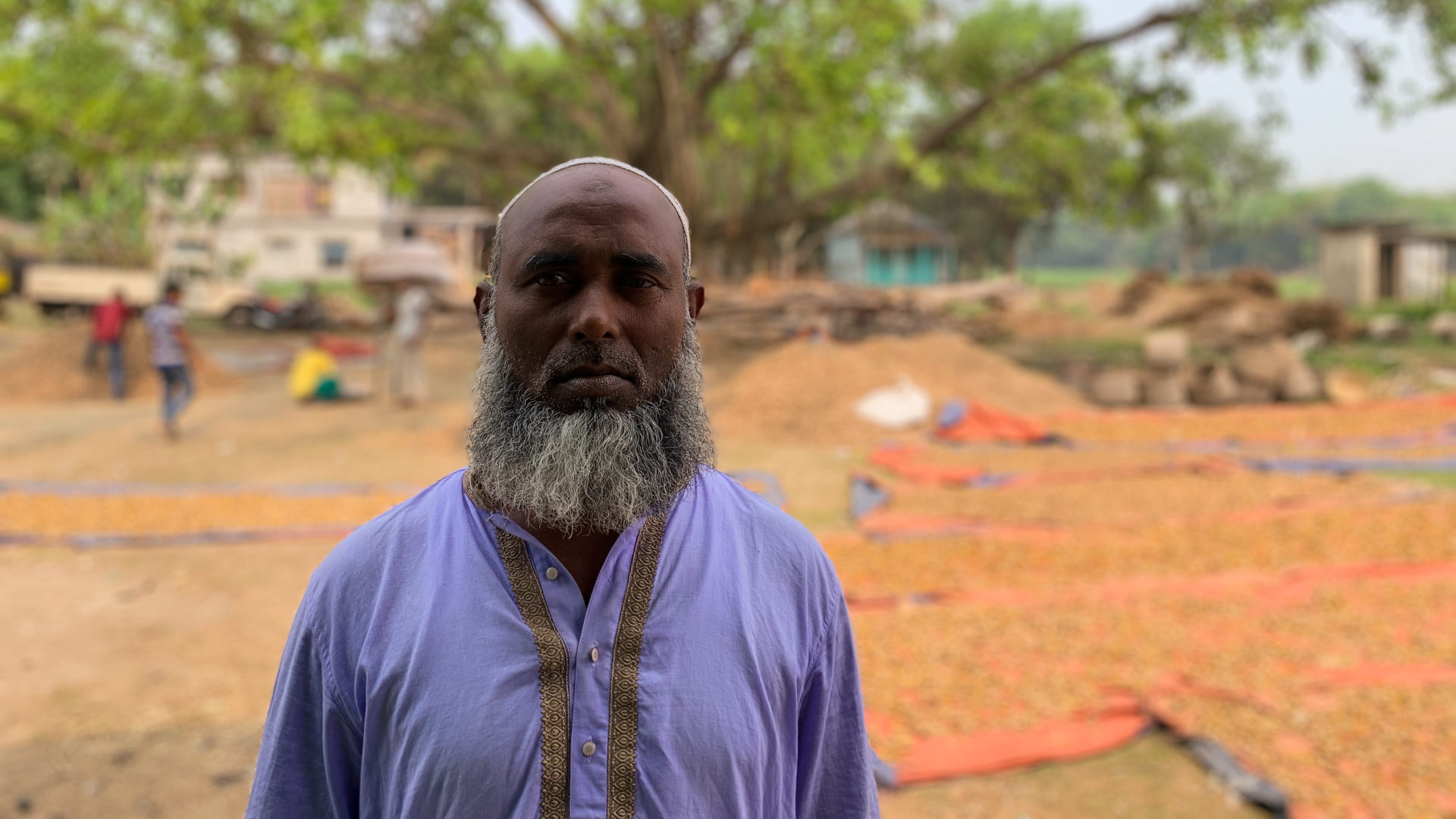
The use of peuri in turmeric renders the food fraudulent, as it is done purposefully to alter the commodity for economic gain. Instances of food fraud are notoriously difficult to resolve, said Michael Roberts, expert on the regulation of food fraud, and executive director of the Resnick Center for Food Law and Policy at the University of California, Los Angeles School of Law. Often, the economic incentives just aren’t there for authentically made food. Processors are likely to increase their margins if they cheat.
Fighting food fraud isn’t easy, and experts have a range of ideas on how to do it. Some approaches rely heavily on scientific testing while others work through undercover investigations. Regardless of the method, rooting out food fraud requires constant surveillance across long and complex supply chains. In this sense, Bangladesh’s success is noteworthy, said Roberts, who was not involved in the project to eliminate lead chromate from turmeric. “It’s unusual that this kind of campaign takes place, whether in developed or developing countries,” he said, and there are lessons from this case study that could be applied to other commodities.
Native to South Asia, turmeric has been used for thousands of years as both a culinary and a medicinal ingredient. In Bangladesh, it is often planted in the middle of the year, and requires nine to 10 months to mature before it’s harvested. Precipitation during the monsoon season is critical: A generous amount of rain will allow for the root to bloom, shooting off additional roots, known as “fingers,” from the bulb.
Eskandar Molla, a farmer from northwest Bangladesh, has been growing turmeric for over 50 years. He sells his fresh turmeric fingers at nearby Hazir Hat, an open air market. There, he gets paid a market rate for what he sells: In March of this year, it was around 1,400 taka (about $13 USD) for a 88-pound satchel. Middlemen, who have the facilities to boil and dry the root, buy it from him and other farmers.
Getting the moisture out is critical for the root to be pulsed into powder. Traders lay out a single layer of turmeric fingers in vast, sunny, open fields for a month. Workers manually go through and inspect for roots that are either too long, too fat, or too skinny.
Once dried, the turmeric fingers are polished. Here, they are dumped into large “drums,” which are turned by hand or motorized. This continual physical agitation removes the outer skin of the turmeric to reveal the true color of the root. It’s in this step that lead chromate would be used to enhance color. Once polished, the roots are then ground to a fine golden powder.
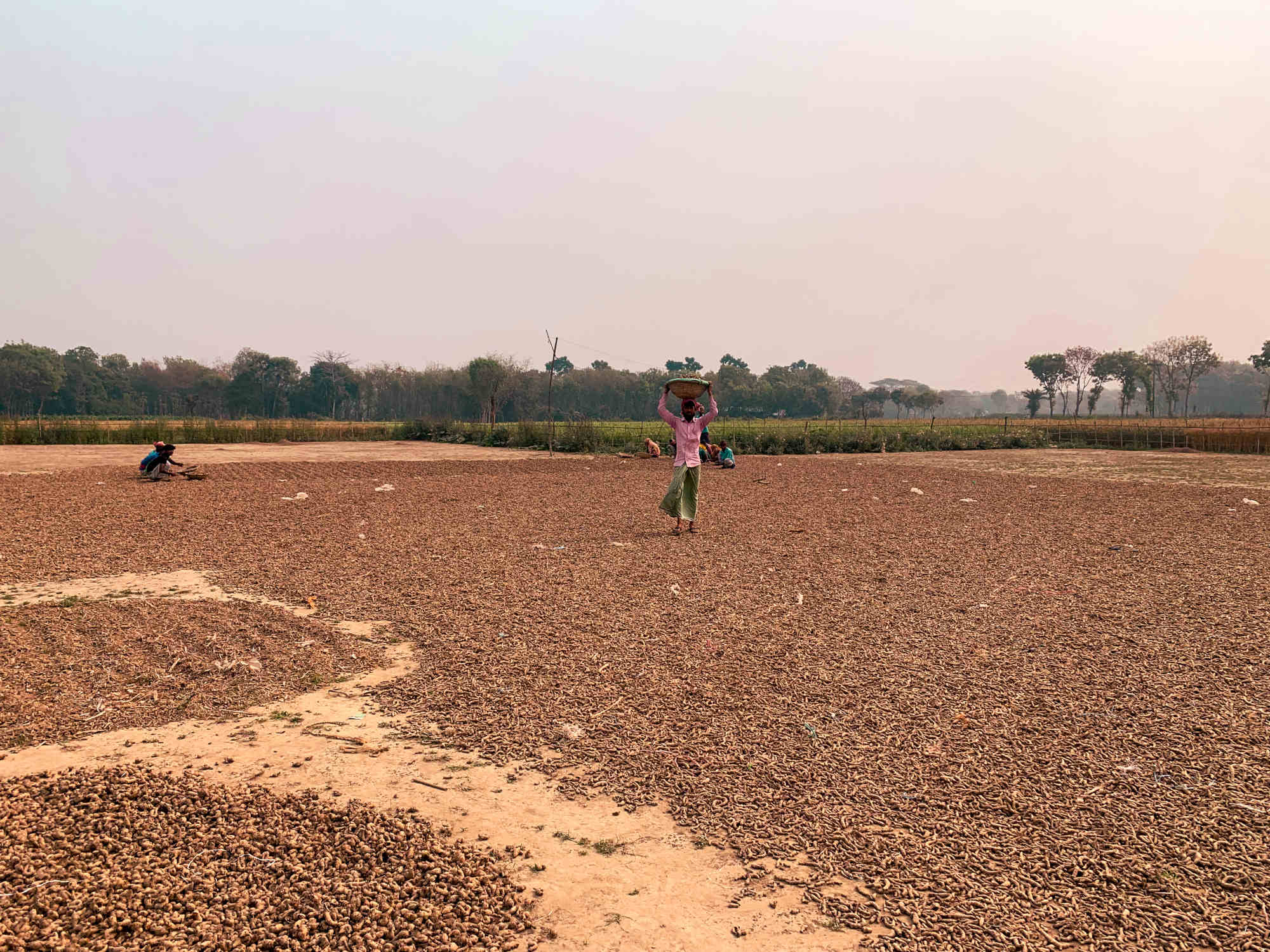
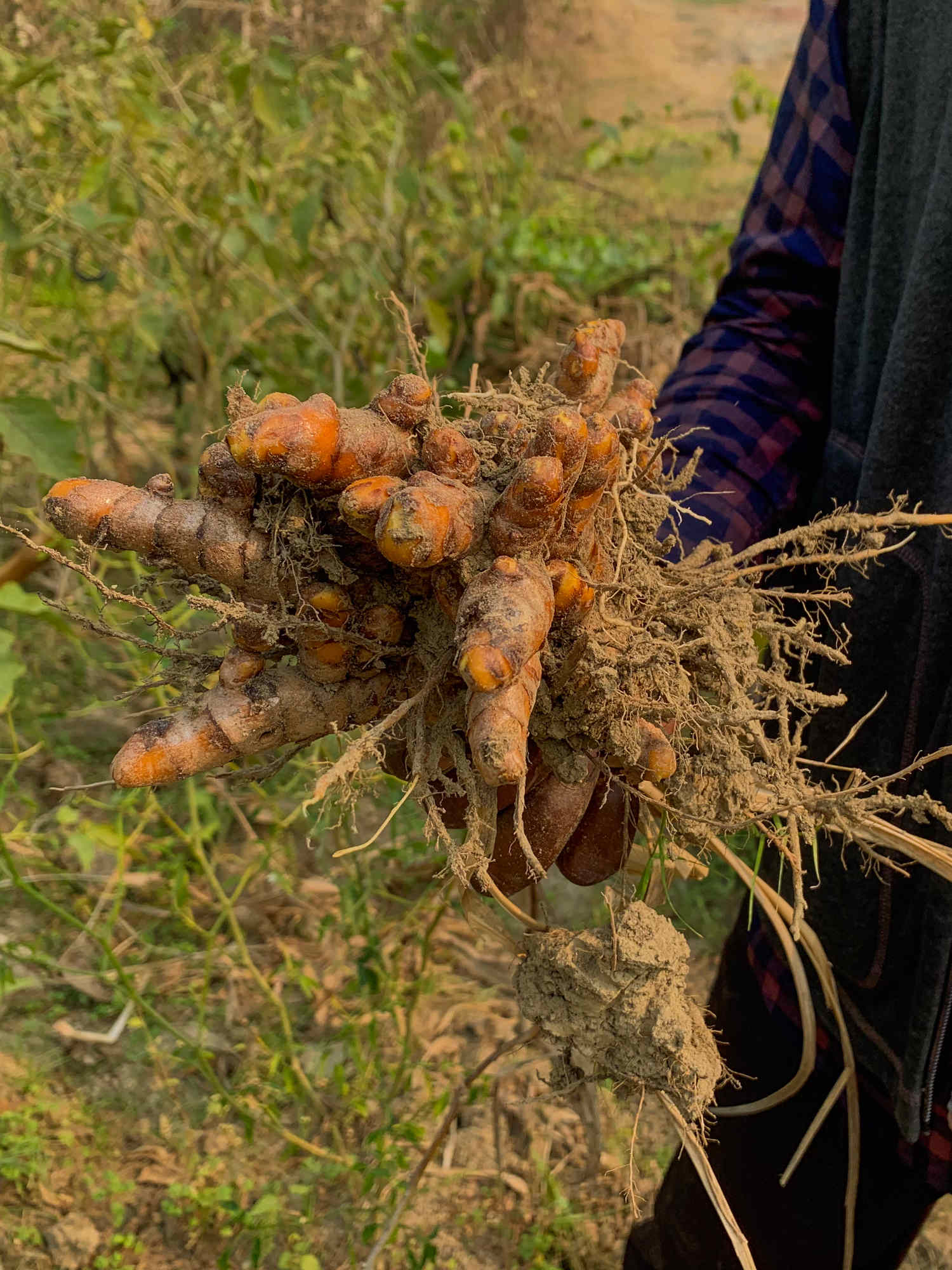
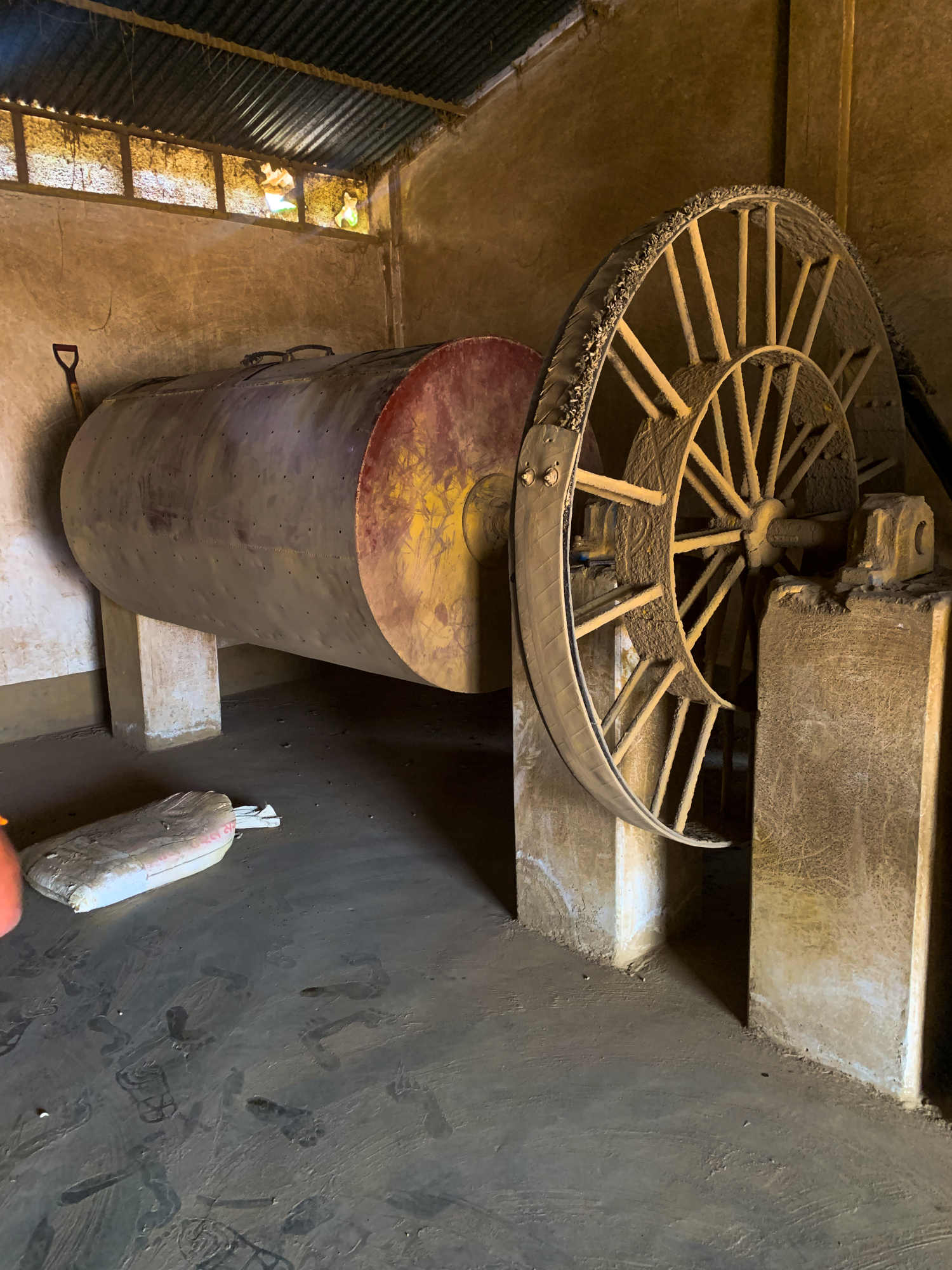
In the northwest districts around Ataikula, farmers often talk about a large flood in 1988 that damaged the crop and darkened the color of the roots. To cope with a bad turmeric growing season, Bangladeshi businesses began importing the spice from India. Meanwhile, to remain competitive, Bangladeshi processors started using peuri to disguise the color of the water-damaged crop. The practice of adulteration became more common after the flood.
Sheikh, the trader from Ataikula, recalls being enthralled by the golden glow of the turmeric that he saw at a market in the early 1990s. When he asked the traders about it, they told him to go to India to learn to add peuri during processing. Sheikh followed their advice. When he returned home and brought his haul to the market, he earned more when selling turmeric polished with peuri. “Sometimes,” he said, “wholesalers were not willing to buy if there was no chemical in it.”
Over the past decade, turmeric’s popularity has expanded widely, becoming something of a global trend. Actress Gwyneth Paltrow helped boost turmeric’s stardom by popularizing the spice-infused golden latte on Instagram. The supplement industry sells an array of turmeric products used to curb inflammation and purportedly protect against high cholesterol and heart disease. And scientists are studying the plant for chemicals that might help treat cancer and other challenging medical conditions.
But hundreds of millions of consumers worldwide may have unknowingly purchased a contaminated product.
Lead chromate is comprised of two heavy metals, lead and chromium. The risks of lead consumption are well documented. Continual exposure can cause developmental and neurological issues in children, who absorb four to five times as much lead as adults. In adults, repeated lead exposure is linked to high blood pressure, as well as kidney and reproductive issues. Over time, lead can get integrated into bones because the body mistakes it for calcium, owing to similar chemical properties. There is no known safe level of lead consumption.
The chromium in lead chromate poses a health risk, too. It exists in a chemical form that’s known to be cancerous. It can also cause allergic reactions, respiratory issues, and kidney damage.
The use of peuri in turmeric is just one of many examples of food fraud. According to the U.S. Food and Drug Administration, food fraud affects at least 1 percent of the global food industry and costs as much as $40 billion a year. Cheaper oils have been blended into products labeled 100 percent extra virgin olive oil, and some companies have added low-cost cellulose to grated cheese. Sometimes the fraud poses a safety issue. Baby formula and pet food manufacturers have had to recall products containing melamine that caused kidney failure. And spice producers have sold cumin with peanut powder as filler, putting individuals with peanut allergies at risk of anaphylactic shock.
The FDA began sounding the alarm about turmeric around 2011. In April of that year, Archer Farms recalled its turmeric, which was sold nationwide at Target and Top Food stores, for having high levels of lead. In 2013, continued surveillance and testing by food safety inspectors at the New York State Department of Health identified lead in turmeric sold by Pran, a Bangladeshi company. Since then, the FDA has issued more than a dozen alerts for turmeric products from South Asia for high lead content.
These recalls notwithstanding, turmeric purchased in the United States tends to have lower levels of lead, said Paromita Hore, the director of environmental exposure assessment and education in New York City’s Department of Health and Mental Hygiene. She coauthored a study that tested nearly 1,500 samples of spice products. The turmeric purchased abroad — in Bangladesh, India, Nepal, Pakistan, and Morocco — had the highest lead concentrations, meaning that people all over the world could have been affected. This disparity, the study explained, may have been due to the adulteration of spices in countries with poor regulatory control.
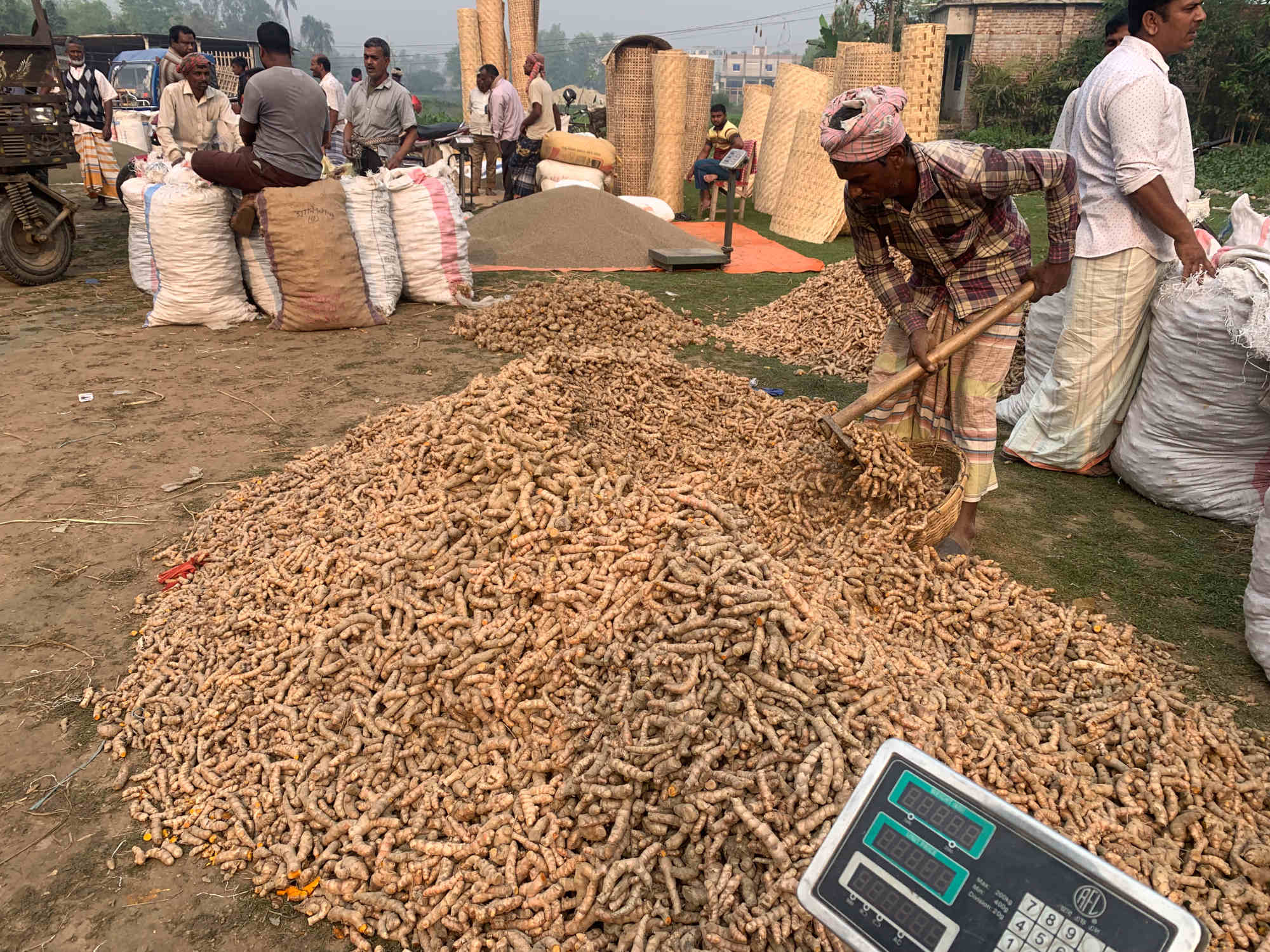
Families in the U.S. were affected, too, through the informal movement of spices that happens when they visit their home countries and bring products back to the U.S. This practice circumvents the regulations in place for commercially imported foods.
Studies conducted in Boston, New York City, North Carolina, Colorado, and Washington have all found a connection between consumption of lead-tainted turmeric (mostly procured from markets overseas) and elevated blood-lead levels. Still, it’s challenging to calculate exactly how much lead in spices is problematic for human consumption.
For years, the only food in which the FDA had established a maximum level of lead was candy: 0.1 parts per million for small children. It took the agency about 16 years to announce another update, outlining guidelines for other foods commonly consumed by babies and young children. Fruits, the agency said, should not exceed 10 parts per billion in lead, and root vegetables and dried cereals should not exceed 20 parts per billion. This guideline did not discuss spices, and no maximum limits for lead are noted for adults.
Many of the lead levels detected in turmeric have ranged from 28 to 146 parts per million, magnitudes more than the FDA’s established acceptable levels for other foods. (The FDA said in a statement that even though it monitors levels of lead in food, and knows about the turmeric recalls owing to high lead levels, it has not yet set a limit for lead in spices.)
Tom Tarantelli, the New York Department of Agriculture and Market’s former senior food chemist, has estimated that children in families that use turmeric regularly could be consuming 3 to 4 grams a day of that spice alone, suggesting that these kids are consuming far more spice than, say, candy. Public health surveys in Colorado have detected blood lead levels of over 24 mcg/dL — equivalent to about 630 grains of sand in a filled bathtub — in children of families who regularly consumed spices high in lead.
The Centers for Medicare and Medicaid Services requires that children on Medicaid get tested for lead at ages one and two. The U.S. Centers for Disease Control and Prevention recommends the same for those not on the government program but who are at risk for exposure, but this doesn’t always happen, and turmeric-induced lead poisoning might be under-diagnosed, said Jessica Ivers, a general pediatrician at The Polyclinic in Seattle, Washington. She recently tested a patient who had immigrated to the U.S. in 2019 and was exhibiting developmental delays. “Lo and behold,” the lead level was high, she said. And the culprit? The turmeric powder that the family had brought back to the U.S. from India.
In a period of 18 months, in her small practice of at most 2,000 kids, Ivers said she had three cases of elevated lead, all in families from India and all related to the consumption of spices. “If the prevalence is three in 2,000,” she added, physicians are missing a lot of cases.
Jenna Forsyth knew nothing about the practice of adding lead chromate to turmeric in 2014, when she started her Ph.D. in environment and resources at Stanford University. Excited to continue her masters research on water and sanitation, she sought out working with Stephen Luby, a world expert on the subject. When she arrived, Luby instead pointed Forsyth to a conundrum he was encountering in his work in Bangladesh: In a rural part of the country, pregnant women and children had high levels of lead in their blood. There were none of the usual suspects of lead exposure. There were no nearby battery recycling plants and families didn’t paint their homes. How could this be?

In 2014, researcher Jenna Forsyth began investigating why pregnant women in rural Bangladesh had high levels of lead in their blood. The work eventually led her to adulterated turmeric.
Visual: Courtesy of Jenna Forsyth
Forsyth and her Bangladeshi colleagues had a slew of hypotheses. Maybe the lead was coming from jewelry or food storage containers. Or perhaps it came from clay, soil, or ash that the mothers were exposed to during pregnancy. Rice was another possibility, as the staple crop could have absorbed lead from the soil. Forsyth and her colleagues sampled and tested all of these. She vividly remembers the first summer of her Ph.D., as she baked and ground rice into a pulp to test for lead in a sweltering laboratory in rural Bangladesh. But there was no obvious red flag.
Forsyth also scoured the literature and eventually discovered a study published in 2014. A team that included researchers from Harvard’s School of Public Health had reported that contaminated turmeric was contributing to elevated lead levels in children in rural Bangladesh. This was intriguing, Forsyth thought, as the families she was working with were growing their own food, but not their own spices. She went back to the homes she had sampled from earlier. Seventeen out of 20 gave her samples of turmeric — and that’s when Forsyth found the culprit.
When she showed Luby her results, he was skeptical and encouraged her to gather more data. So Forsyth and her colleagues used a method called isotopic analysis, which uses chemical clues to definitively determine the source of lead. When they compared the isotopes of lead in the blood to those from other possible contaminants, the isotopes most closely matched that of turmeric.
In 2017, on the heels of this discovery, Forsyth and her Bangladeshi collaborators at the International Center for Diarrheal Disease Research, Bangladesh, met with government officials from Bangladesh’s Department of Agricultural Authority to understand how turmeric was produced and distributed. From these conversations, and from conversations with others in the industry, they identified nine regions of Bangladesh, eight of which contribute almost half of the nation’s turmeric for domestic use and export.
The research team then interviewed turmeric producers and food safety inspectors in each district. They also collected samples of pigments and turmeric — powdered, polished, unpolished, labeled, unlabeled. In 140 turmeric samples collected nationwide, Forsyth and her colleagues found that lead concentrations were highest for polished bulbs and for some turmeric powders, with two samples of powdered turmeric exceeding the country’s limit for lead in turmeric powder, at 8.4 ppm and 26.6 ppm. (At the time of the study, the limit was 2.5 ppm; it has since been raised to 5 ppm.)
They visited mills, and sometimes found sacks of the pigment on-site. They sampled dust from the polishing machine and from the floors of the mill. If there was about one part of lead to chromium, it was a dead giveaway that the adulterant was being used. From interviews, they also understood the motive: Brighter roots led to more profit, and adulterating with a consistently bright paint agent could disguise poorer-quality roots. The findings from this study were published in 2019.
The team held a meeting with the Bangladesh Food Safety Authority. The agency’s chairman at the time, Syeda Sarwar Jahan, was immediately concerned. She decided to spearhead a massive public information campaign.
Support Undark MagazineUndark is a non-profit, editorially independent magazine covering the complicated and often fractious intersection of science and society. If you would like to help support our journalism, please consider making a donation. All proceeds go directly to Undark’s editorial fund.
|
Local and international news outlets disseminated the findings from Forsyth’s new studies to create public awareness. The researchers met with businesses to make them aware of the risks of lead in turmeric. BFSA posted notices in the nation’s largest wholesale spice market, Shyambazar. The flyers warned people of the dangers of lead and that anyone caught selling turmeric adulterated with lead would be subject to legal action.
Authorities also raided Shyambazar using a machine called an X-ray fluorescence analyzer which can quickly detect lead in spices. Nearly 2,000 pounds of turmeric was seized in the raid and two wholesalers were fined 800,000 taka, more than $9,000 USD.
A few months later, the team went back again to collect samples to see how their intervention had fared. Only about 5 percent of 157 samples were found to be adulterated with lead chromate, down from nearly 50 percent before. When the researchers conducted a sampling spree again in 2021, they found that the use of lead chromate had practically disappeared.
On a rainy Sunday morning in March, Shyambazar was already bustling. Vendors selling eggplant, garlic, onion, greens, and fruits lined the side of the market facing the Buriganga River, which connects the capital city to the rest of the country by an intricate path of waterways. Other vendors were offloading truckloads of pineapple, as rickshaws, motorbikes, and cars drove neck-to-neck, negotiating for space along the road.
Narrow passageways connect the bustling vegetable market to its interior, where dried goods, including spices, are found. The fragrant, sharp scents of chili, cumin, and turmeric travel down the slick, narrow walkways as wholesalers and buyers maneuver about with large burlap sacks atop their heads.
Many of the turmeric wholesalers selling in Shyambazar have been at it for more than 30 years. Law enforcement, they said, had only showed up for the turmeric. No other spices, they noted, have ever come under scrutiny.
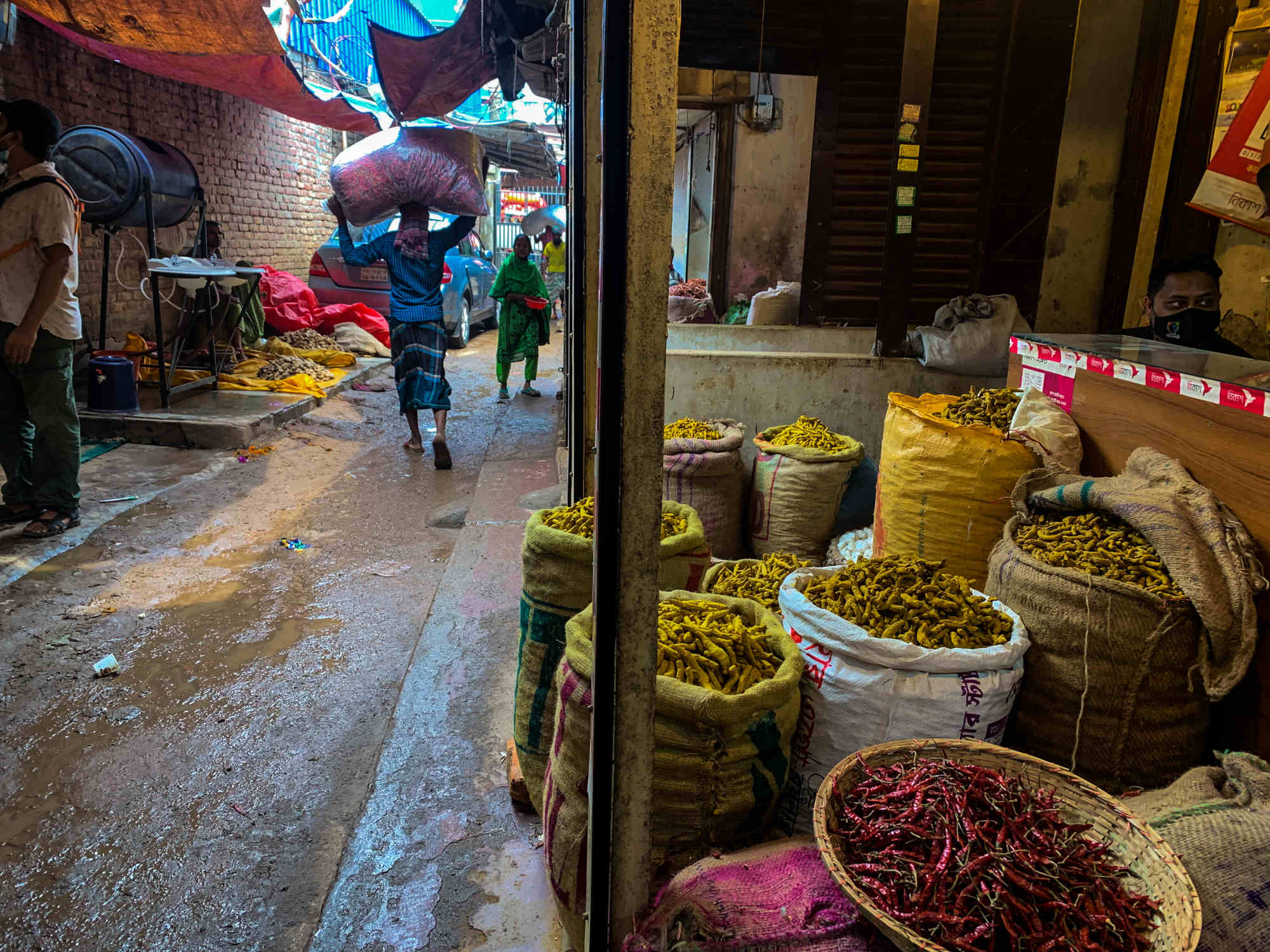
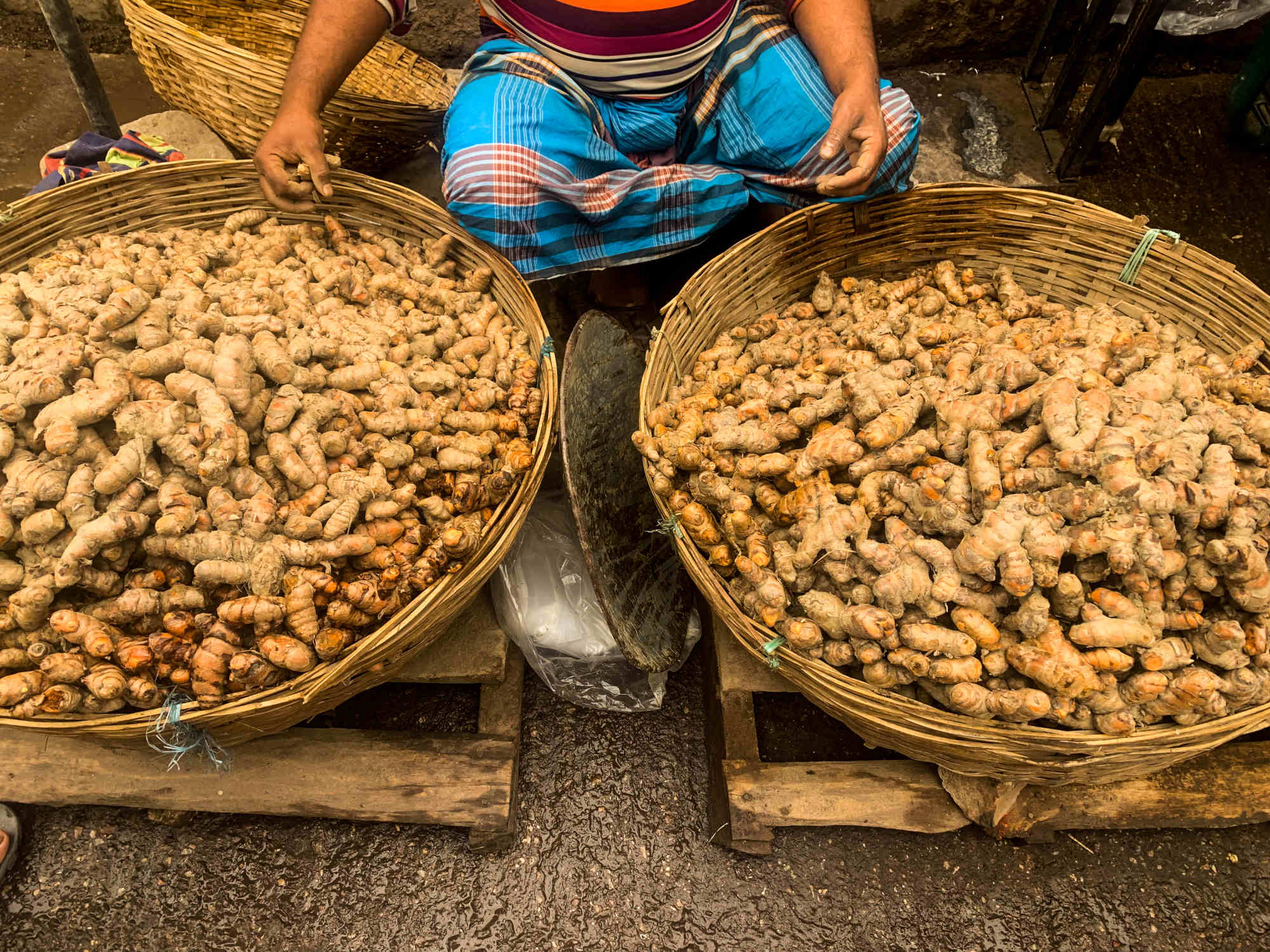
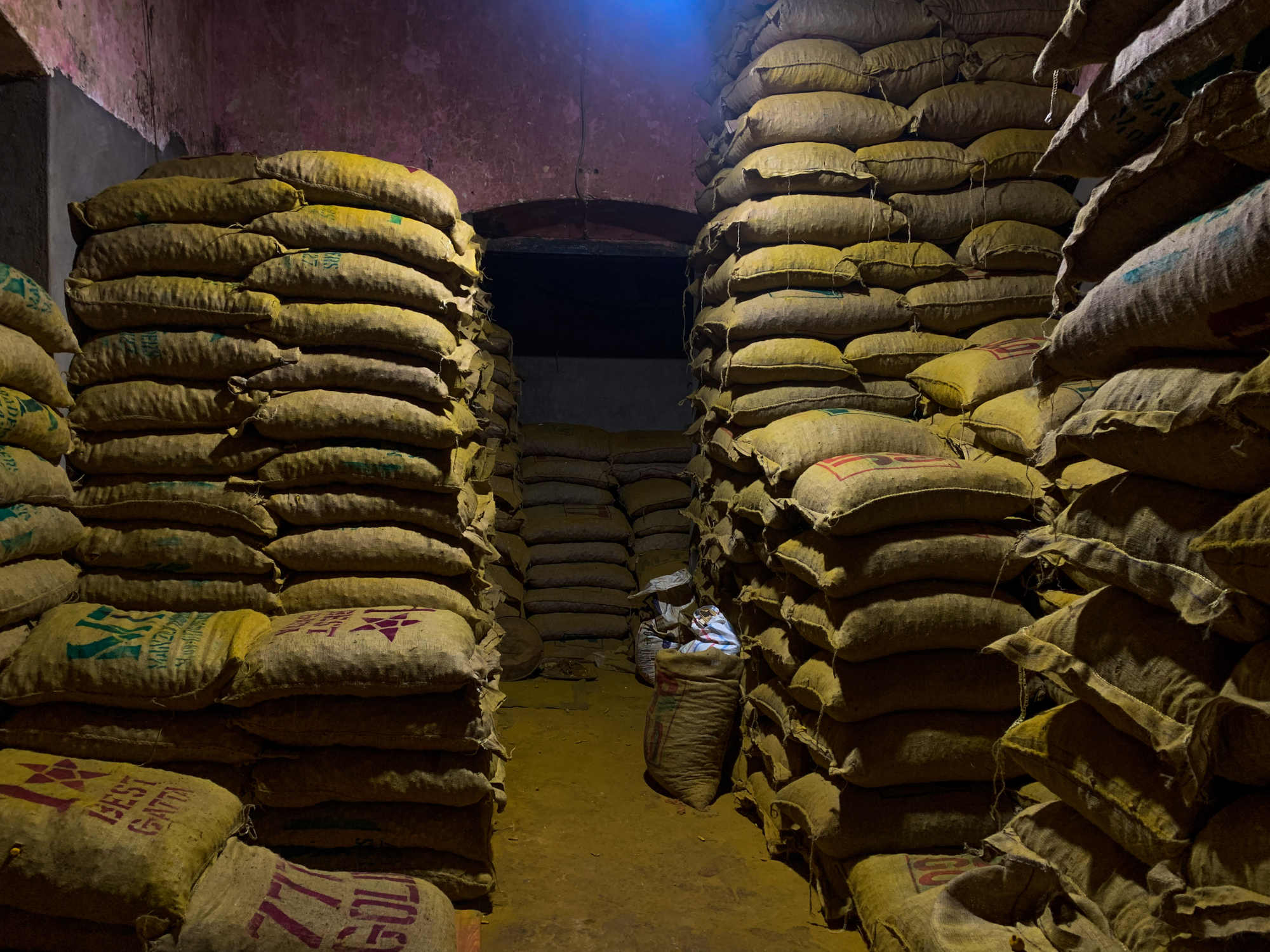
In late 2019, as part of the intervention against lead chromate use in turmeric, the Bangladesh Food Safety Authority printed and distributed an estimated 50,000 copies of green flyers, that they shared with traders and plastered around the market. Be skeptical of fingers that appear too bright and yellow, it advised, and if the yellow dusting from turmeric doesn’t come off easily, it’s likely you’ve been played.
Most of those flyers are now gone. One trader, Mohammad Mosharof Khokon, who has been selling turmeric for over 30 years, kept a copy under the glass top of his desk. At the time of the raid, he was compliant, albeit nervous for the researchers to scan his satchels of spice. “The machine could show some error,” he said about the XRF, “and then I would lose my business.” Despite the uncertainty of when authorities could show up again, Khokon said that the enforcement is a good thing: “It ensures the quality and purity of the product.”
Shoraf Ali Biswash was one of the traders who had turmeric from his warehouse seized during the raid and paid a fine of 400,000 taka (approximately $3,700). For him, selling turmeric is a family affair: His brother has a polishing mill near Pabna and for years, used peuri to polish the roots that Biswash then sold. Despite the fine, Biswash believes the increased surveillance is also for the best. “It’s 100 percent good because the chemical was bad for our health,” he said. At home, he was feeding his family turmeric polished with lead chromate and immediately stopped once he learned the health effects.
The crackdown on turmeric in 2019 may, in part, explain why the use of lead chromate in polishing turmeric has since decreased. It was a punishable crime, and although there was only one raid, people now know there’s a risk of getting caught. This spring, Undark collected three samples of polished turmeric fingers from Shyambazar and brought them back to get tested at NVL Labs, a Seattle-based company that tests for environmental contaminants including lead. In this admittedly small sample, none of the turmeric had lead levels of concern.

But government officials and researchers say that enforcement and surveillance must be maintained. “A one-time conviction is not sufficient,” wrote Jahan, who has since moved on from the Bangladesh Food Safety Authority. Follow-up is required as she has “seen such criminals go back to doing what they did even after facing consequences.”
Monzur Morshed Ahmed, a member of BFSA, says that the agency is in the process of procuring handheld X-ray fluorescence analyzers to distribute to districts around Bangladesh so local authorities can continue monitoring the use of lead chromate themselves. And on top of that, he said, BFSA aims to inspect over 7,000 markets and food establishments for violations of food safety, with turmeric being one of the products that will be investigated.
Forsyth is heartened by the impact that she and her colleagues have had in Bangladesh, and she wants to replicate these methods — studying the supply chain, understanding the incentives for adulteration, and creating interventions to dissuade the use of lead chromate — in India and Pakistan.
But reproducing this success is already posing challenges. “It’s easy, obviously, to collect data of spices and analyze them and understand the patterns and where the high levels of lead are. That’s been straightforward,” said Forsyth. Identifying government officials who can advocate for and run an intervention has been harder.
Ending food fraud entirely for any commodity is a huge challenge, said Roberts, the food fraud expert from UCLA. Regulatory agencies in different countries need to set clear standards, enable constant testing and surveillance, and be willing to enforce penalties when someone has committed fraud.
This constant vigilance can be expensive, he continued, and the economic incentive to cheat is going to remain. As such, “it will be interesting to see if this problem pops up again.” Still, many of the interventions used in Bangladesh can be applied to other food communities that have a history of fraud, Roberts added.
“You have to have good science,” said Roberts. “In this case, that turned out to be a blessing for Bangladesh.” And, importantly, he added, “consumers have to care. And in this case, it’s pretty clear that consumers should care because of the health and safety issues.”
In Bangladesh, even those who have committed a crime see this crackdown on lead chromate use as a net good.
Sheikh said he had felt helpless to change direction before the crackdown. Although he didn’t know the precise health impacts of the lead chromate, he said, “it’s common sense that chemicals are harmful.” In fact, he never used peuri-laced turmeric at home.
“I have to answer to Allah that I used it in food,” he recalled. “It hurt me, sometimes, to do that.”
When Shyambazar was raided, Sheikh knew he had to stop. Now, he can rest easy: There’s no economic incentive to adulterate his product.
Outside his polishing mill, Sheikh held up a basket of polished turmeric, ready to be shuttled along to the next set of hands in the supply chain. The roots were a light gold, not as aggressively bright as they used to be. “I’m happy with this color,” he said. “Everyone in Bangladesh is happier with it.”
UPDATE: Due to an editing error, an earlier version of this story incorrectly stated that children in families that use turmeric regularly could be consuming up to 10 grams of the spice per day. The estimate is 10 grams per day for all spices, and 3 to 4 grams per day for turmeric.
Wudan Yan is an award-winning independent journalist in Seattle covering science and society.
This story was supported in part by grants from the Pulitzer Center on Crisis Reporting and the UC Berkeley Food & Farming Fellowship.
Note: Ali Ahsan, a Bangladesh-based producer, translated interviews and coordinated logistics for meetings with farmers and traders.




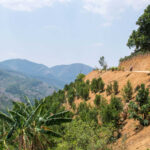

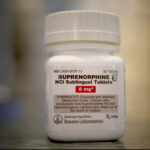



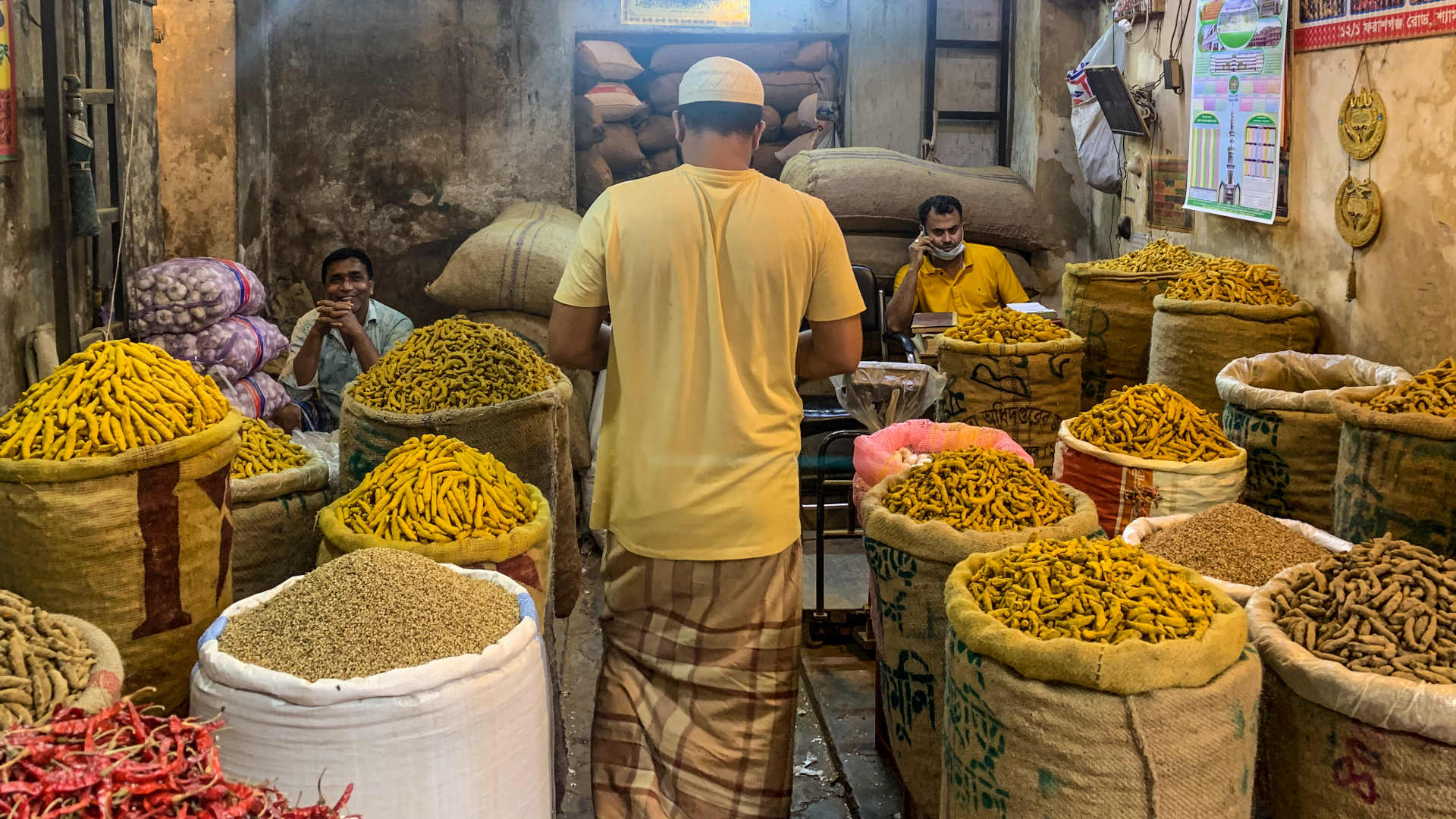
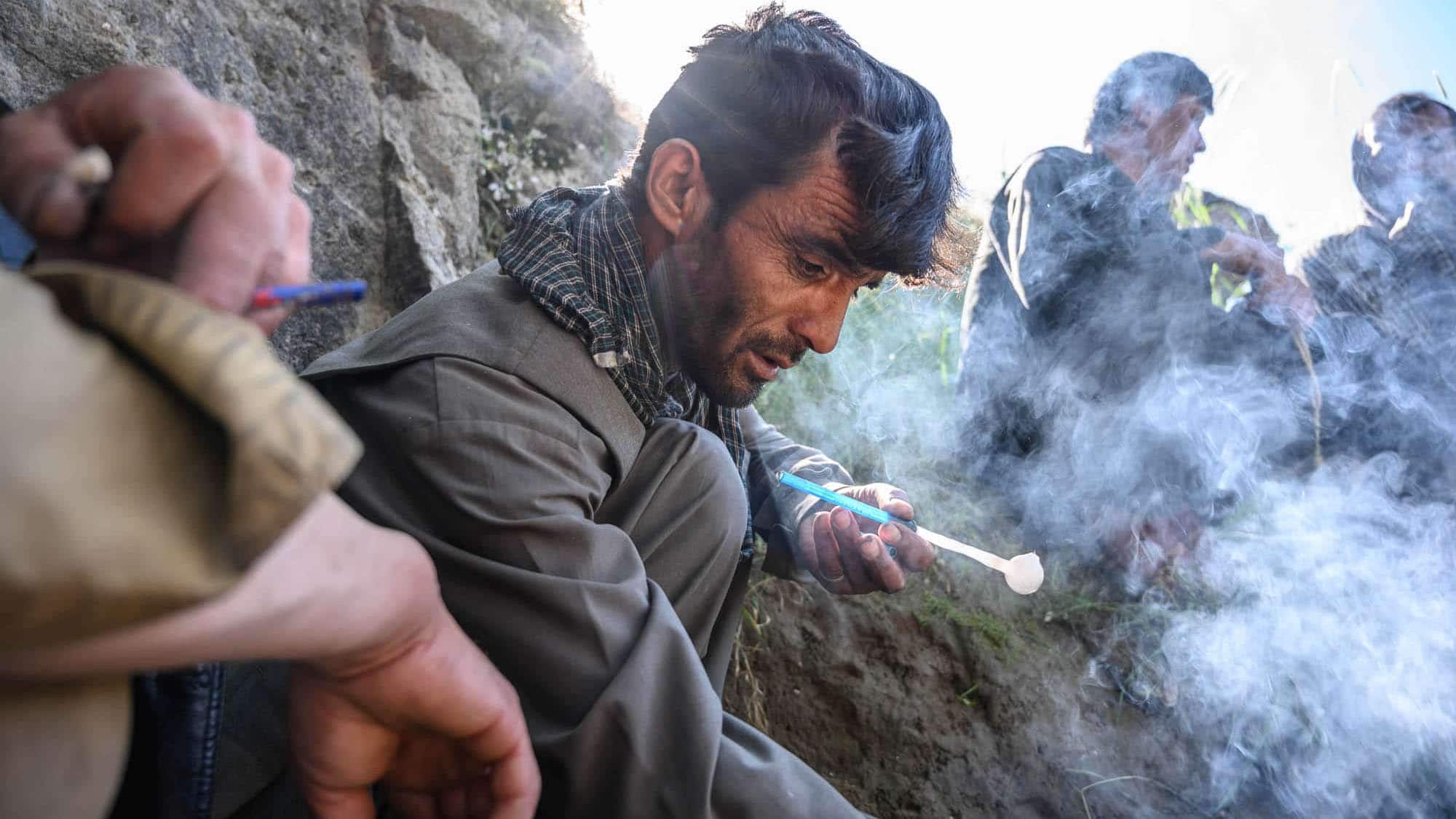
Comments are automatically closed one year after article publication. Archived comments are below.
Excellent example of responsible journalism. I’m sharing this on social media and my blogs.
For one kilo of Saffron to be harvested about 100,000 flowers are needed. This and the labor-intensive harvesting and processing ensure that saffron is the most expensive spice in the world and also called “Red Gold”. Saffron and many other spices have been found adulterated with toxic substances.
I need to clarify; many spices have been found adulterated with toxic and non-toxic substances.
has saffron been adulterated in this way. years ago my mother in law who was a missionary’s daughter, spent her childhood years in boarding school in Bangaledesh, while her parents were missionaries in Burma, pre WW- Two. I recall she had in her possession saffon she brought from India and she used in her own cooking. She died later in life from brain tumour as did her much younger daughter.